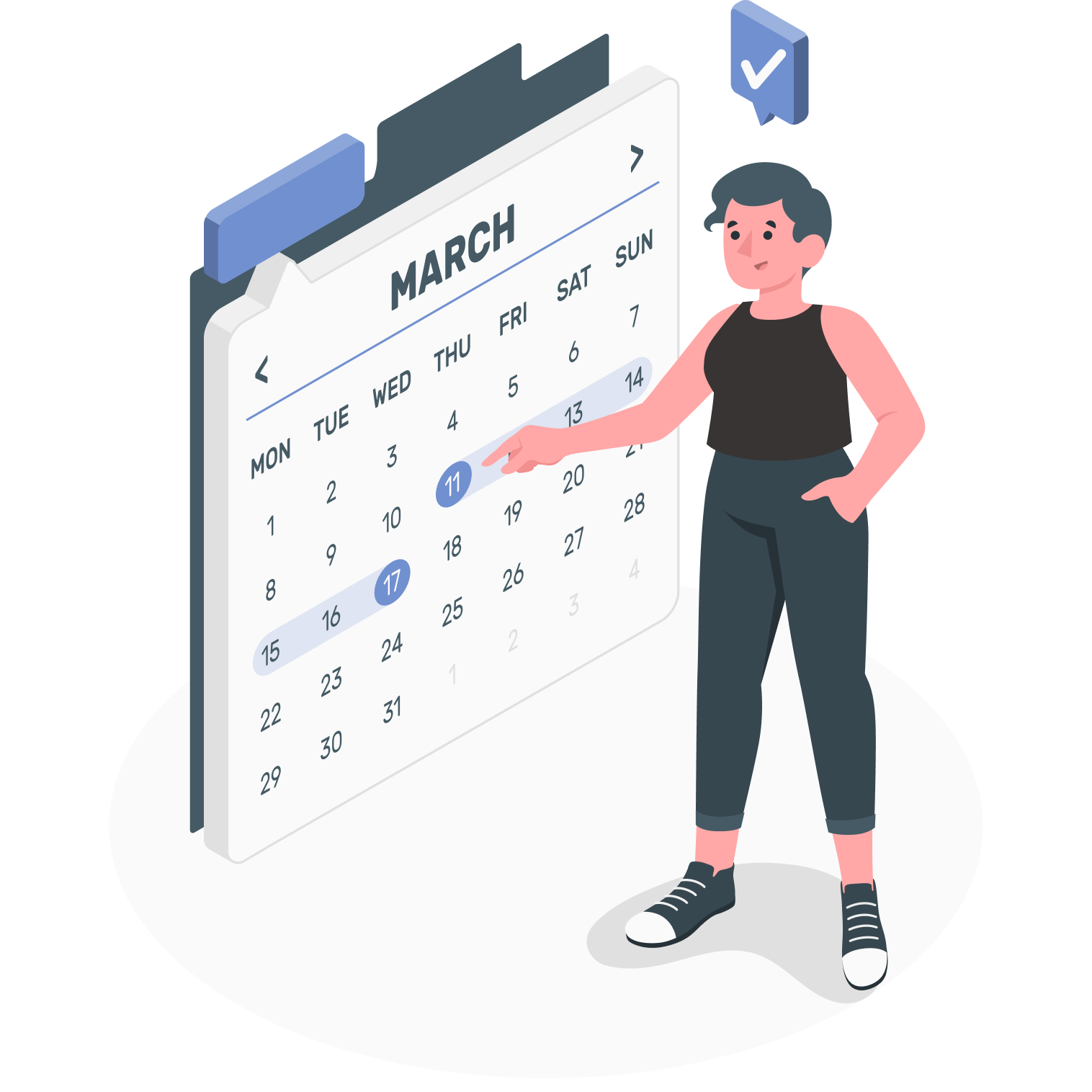Anaphylaxis is a serious allergic reaction that can happen suddenly and quickly. It is a medical emergency that requires immediate attention. In this article, we will guide you through how to recognize the symptoms of anaphylaxis and provide you with a step-by-step guide on how to treat it.
Symptoms of Anaphylaxis
The symptoms of anaphylaxis can vary from person to person, and they can develop quickly, often within seconds or minutes of exposure to an allergen. Common symptoms include:
- Hives, itching or swelling in the skin
- Difficulty breathing, including wheezing or shortness of breath
- Tightness in the chest or throat
- Nausea, vomiting, or diarrhea
- Dizziness, fainting or loss of consciousness
If you or someone you know experiences any of these symptoms after exposure to a known allergen, it is important to seek immediate medical attention.
Treatment for Anaphylaxis
If you or someone around you is experiencing symptoms of anaphylaxis, it is crucial to act quickly. Here are the steps to take to treat anaphylaxis:
- Call 911 or your local emergency number immediately.
- If the person has an epinephrine auto-injector (such as an EpiPen), use it right away following the instructions provided.
- Lie the person down flat and elevate their feet about 12 inches, unless they have trouble breathing or feel nauseated or vomiting.
- Loosen any tight clothing and cover the person with a blanket or jacket to keep them warm.
- Turn the person on their side if they are vomiting or bleeding from the mouth.
- Monitor the person’s vital signs, including pulse, breathing rate, and blood pressure.
- Stay with the person until medical help arrives.
It’s important to note that epinephrine is the first line of treatment for anaphylaxis, and it should be administered as soon as possible to prevent the symptoms from worsening. If the person does not have an epinephrine auto-injector, or if their symptoms do not improve after using it, they will likely need additional treatment in a hospital or urgent care setting.
Prevention of Anaphylaxis
The best way to prevent anaphylaxis is to avoid the allergen that causes the reaction. If you have a known allergy, make sure to carry an epinephrine auto-injector with you at all times, and make sure your family members, friends, or coworkers know how to use it in case of an emergency. Additionally, make sure to wear a medical alert bracelet or necklace that indicates your allergy, in case of an emergency when you are unable to communicate. At Nao Medical, we understand the importance of preventive care and offer allergy testing to identify allergens that can cause anaphylaxis. We also provide epinephrine auto-injectors and train patients and their loved ones on how to use them properly in case of an emergency.
Conclusion
Anaphylaxis is a serious and potentially life-threatening allergic reaction that requires immediate attention. Recognizing the symptoms and knowing how to treat it can be the difference between life and death. If you experience any symptoms of anaphylaxis, seek immediate medical attention and follow the steps outlined above. At Nao Medical, we are committed to providing high-quality, affordable care, including preventive care, to keep our patients healthy and safe.
Frequently Asked Questions
What is anaphylaxis?
Anaphylaxis is a serious allergic reaction that can happen suddenly and quickly, often within seconds or minutes of exposure to an allergen. It can cause a range of symptoms, including hives, difficulty breathing, tightness in the chest or throat, and loss of consciousness.
What should I do if I experience symptoms of anaphylaxis?
If you or someone around you experiences symptoms of anaphylaxis, seek immediate medical attention by calling 911 or your local emergency number. If you have an epinephrine auto-injector, use it right away following the instructions provided.
How can I prevent anaphylaxis?
The best way to prevent anaphylaxis is to avoid the allergen that causes the reaction. If you have a known allergy, make sure to carry an epinephrine auto-injector with you at all times and wear a medical alert bracelet or necklace that indicates your allergy.
What does Nao Medical offer for anaphylaxis?
At Nao Medical, we offer allergy testing to identify allergens that can cause anaphylaxis. We also provide epinephrine auto-injectors and train patients and their loved ones on how to use them properly in case of an emergency. Book appointment today.







 (917) 310-3371
(917) 310-3371











